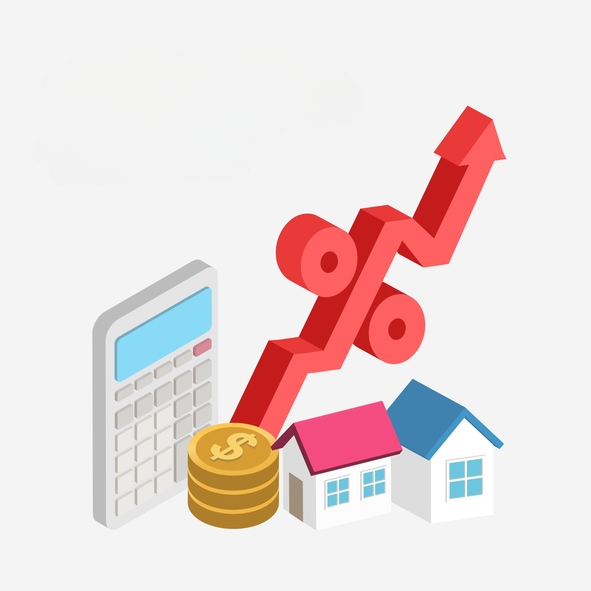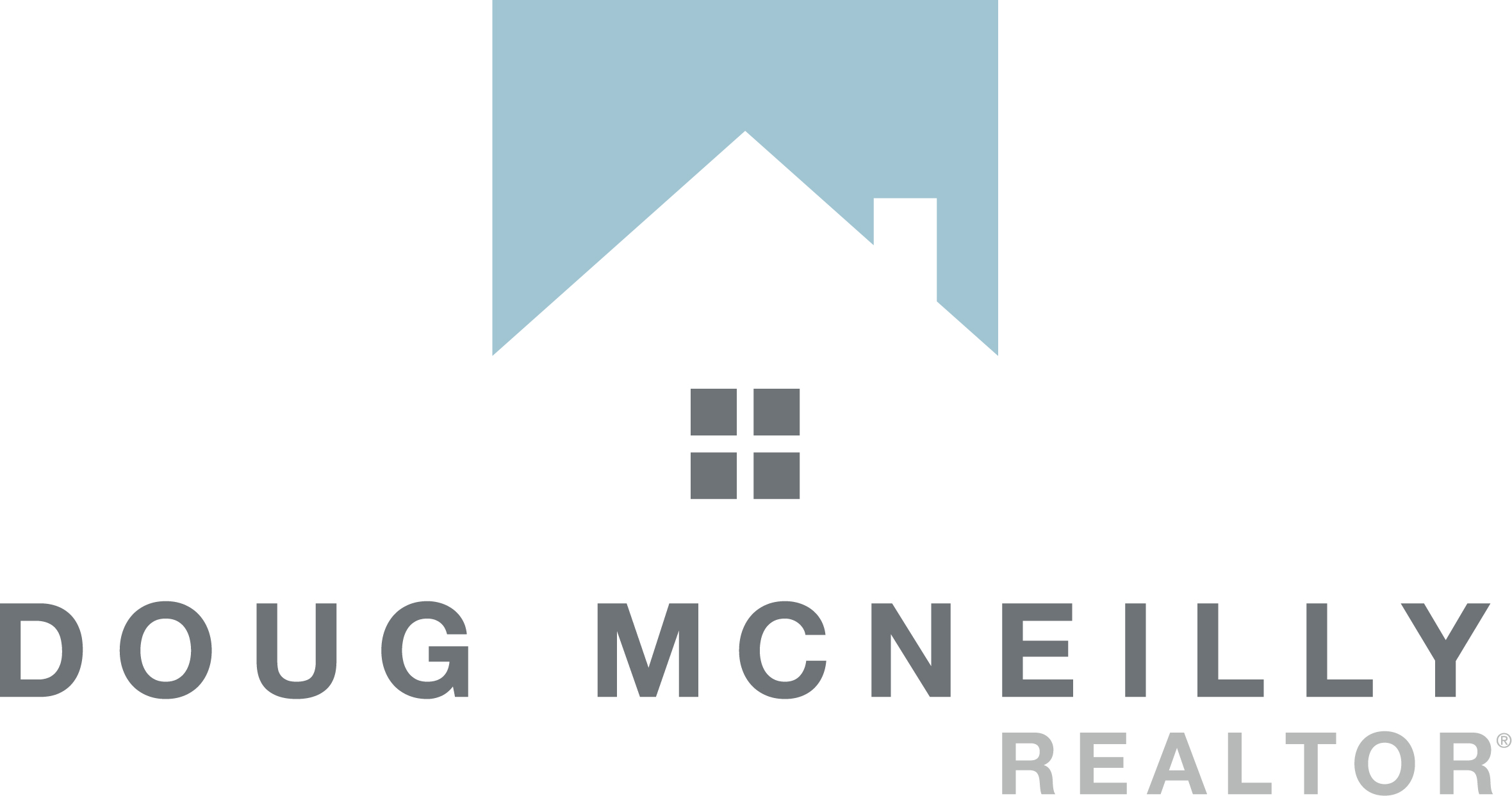Rates have doubled. I have had both Sellers and Buyers concerned about the recent increase in interest rates. Buyers are concern because the recent increase of almost 300 basis points (or 3 percentage points) has added hundreds of dollars to the average monthly payment and can kick them into a lower price range or out of the market altogether. Move up buyers are effectively seeing an increase in their mortgage payment from both the larger home and the higher interest rate. Sellers are concerned because they want to make sure any further increases in rates between the time an Offer is accepted and the Buyer locks their rate does not result in the Buyer’s loan being denied. I decided to revisit that MBA degree of mine and share my take with having feet on the ground each day in the real estate market.
Let’s Take a Look Back
When my wife’s family moved from Chicago to Phoenix in the early 1980s assumable mortgages still existed and they assumed a mortgage on their new home in Phoenix at almost half the going rate. That was like hitting the lottery at the time since rates were topping out at 18%. By the mid-1980s, rates had decreased to around 10% and held steady for several years and then in the early 1990s started to decline gradually overtime. Many homeowners continued to refinance (sometimes every few years) as rates decreased. Some used the decrease in rates to shorten the length of their mortgage, others to lower their payment (but started another 30-year mortgage), others took the cash out for a variety of reasons. During the recent pandemic, rates hit a historical low in the mid 2% range. Much of this was driven by the Federal Reserve policy with the aim to help bolster the economy and the housing market.
What’s Happening Currently
Halfway through 2022 we have experience a huge increase in inflation – consumers are feeling it the gas pump (gas was at $5+/gallon but is declining at the moment), steak tips at the grocery store are $17.99/pound versus $10.99/pound last year. Sporadic shortages still are happening – the most recent is baby formula. As a result, the Federal Reserve is pushing up rates to cool demand across the economy. While mortgage rates are more tied to the 10-year Treasury than the -Federal Funds Rate set by the Federal Reserve, the bottom-line fact is that mortgage rates are up about 3 percentage points and that does have an impact.
In my market, the average home price is around $1,000,000. With a 20% down payment and a mortgage of $800,000 at a 3.5% interest rate, a home buyer was looking at a monthly cost of $3,373 for principal and interest (taxes are not included in this example, but often end up being about $1,250 per month in my market for $1,000,000 home). At 6.3%, that same home buyer is now looking at a payment at $4,952 or almost $1,600 more a month. That likely has some impact to most buyers (even if they can absorb the increase) and likely kicked out some buyers out of the market and lessens demand a little. And, Buyers shopping at the top of their price range can buy less house than before. The buyers that had a maximum budget at $1,000,000 (with $200,000 down) at 3.3%, now have a maximum budget of $745,000 at 6.3%
In theory, and this is what the Federal Reserve is hoping, this will be enough to cause price increases to moderate or stagnate. To see prices decrease significantly, we would need to see substantially more inventory hit the market month over month and start to see that inventory sit on the market. I do not see that happening unless interest rates increase even more dramatically.
Adding noise to all of this are homeowners that don’t want to trade a low interest rate for a higher interest rate. I have had a few clients that decided to take a Home Equity Loan to add more space or renovate their current homes rather move. This means less new inventory hitting the market. Adding more noise still are those Buyers rushing to buy because they see rates and price both increasing (which has a double negative impact on their purchasing power). This means demand stays high. And, adding still more noise are renters that have seen their rents (after getting great COVID deals) increase as well. Most of these renters have high incomes and significant assets, and see that in some instances, it is cheaper to own than to rent. In my market, a 3 Bedroom Apartment in an upscale complex can be $5,000 to $6,000/month. That’s very equivalent to the $1,000,000 home that is 2,500 SQFT with 4 Bedrooms and 2.5 Baths and a 2 Car Garage with a $4,952 mortgage payment.
A Quick Step Back Again
Just a reminder the average mortgage rate over the last 30ish years was 6% and over the last 50 years is closer to 8%, so while the recent increase is a bit of a kick in the gut, it is still below historical average.
In Summary
increase in rates is too new to draw too many conclusion – so far demand is still high, supply is still low, bidding wars are declining (it is not uncommon to see just a few offers or even one on some properties), and some Open House attendance is down. While the data and anecdotal observations are often conflicting, overall, the increase in rates is taking steam out of the market. In my market, which historically has in-demand towns / neighborhoods usually defies broad national trends because attributes such as quality schools, livability, and access to cultural amenities and Boston usually helps home sellers get top dollar. There are still a lot of well qualified buyers out there ready to buy – just fewer than six months ago.
Doug McNeilly is a REALTOR® with Coldwell Banker Realty in Wayland, Massachusetts. He specializes in Wayland, Sudbury, Natick, Framingham and the Greater Boston Metro West Area. He can be reached at doug.mcneilly@nemoves.com or www.dougmcneillyhomes.com


 Facebook
Facebook
 X
X
 Pinterest
Pinterest
 Copy Link
Copy Link

